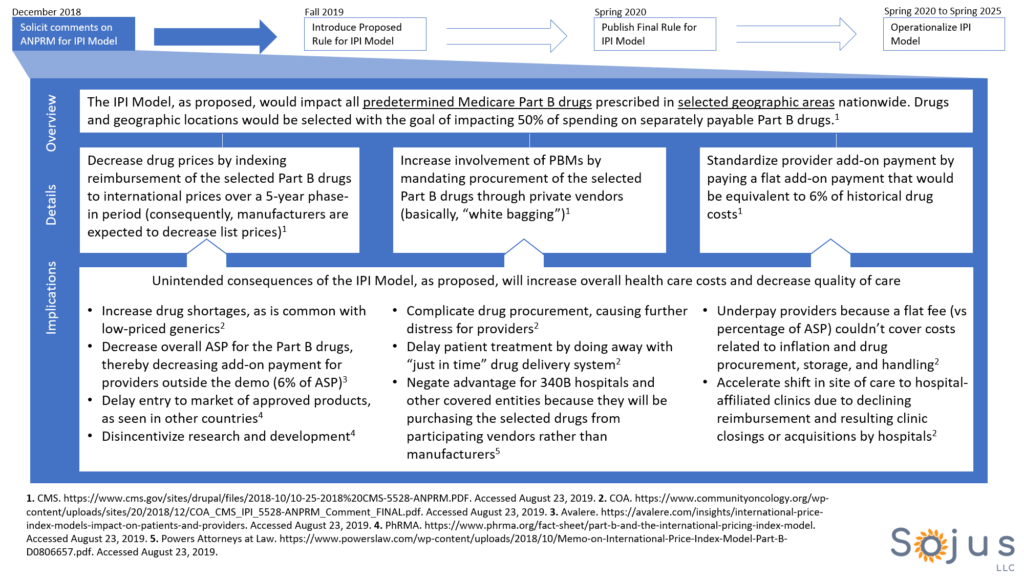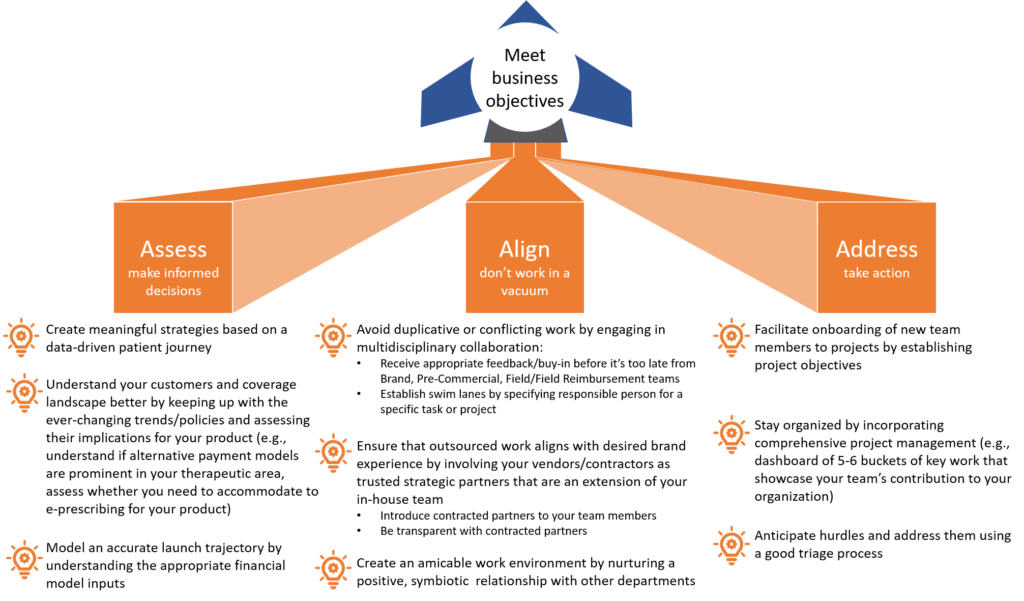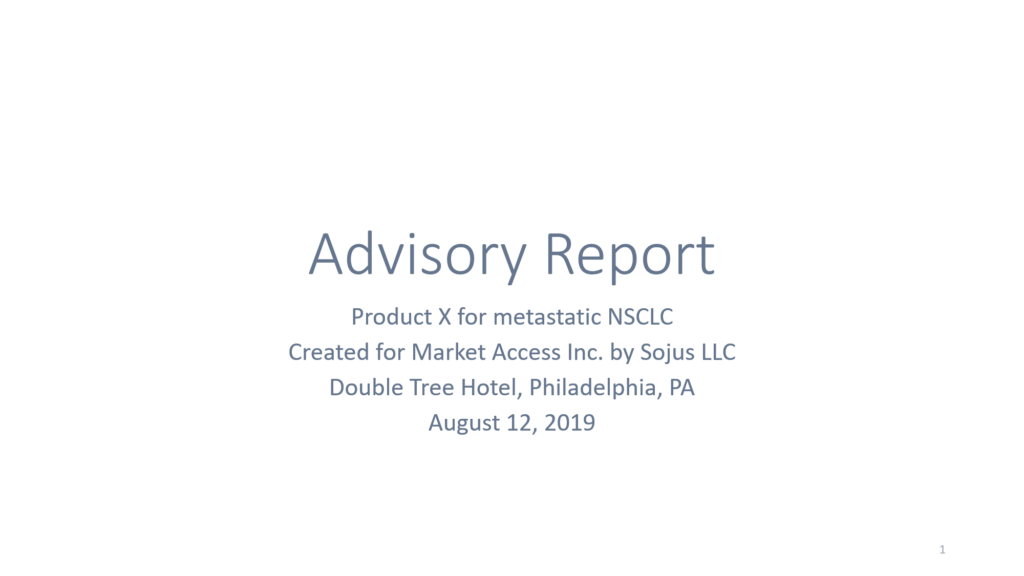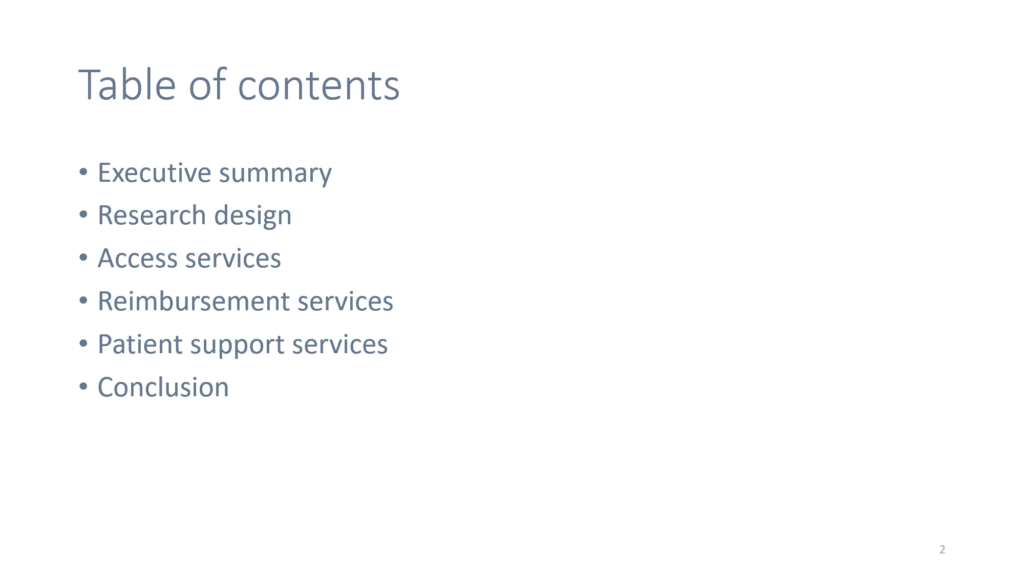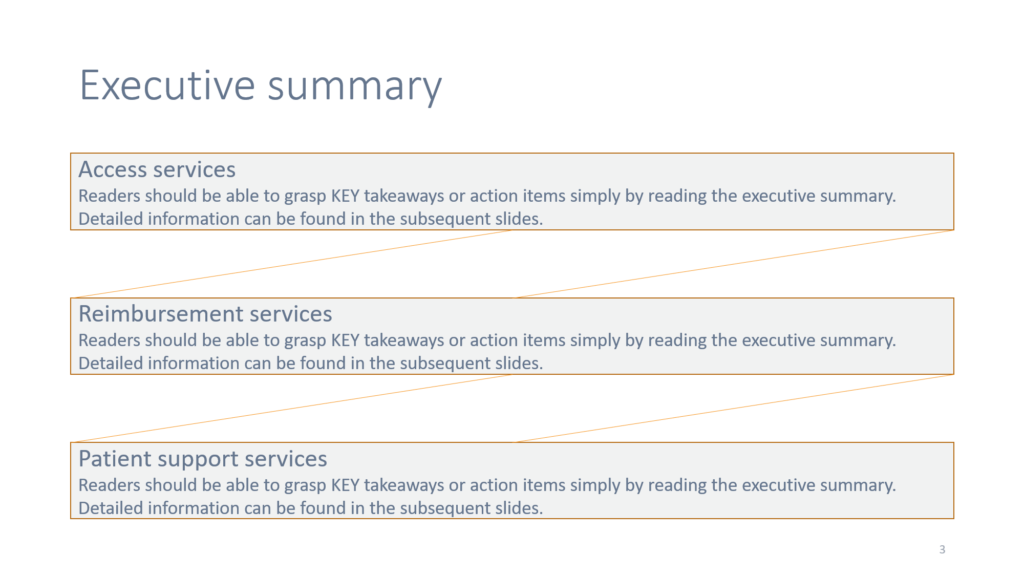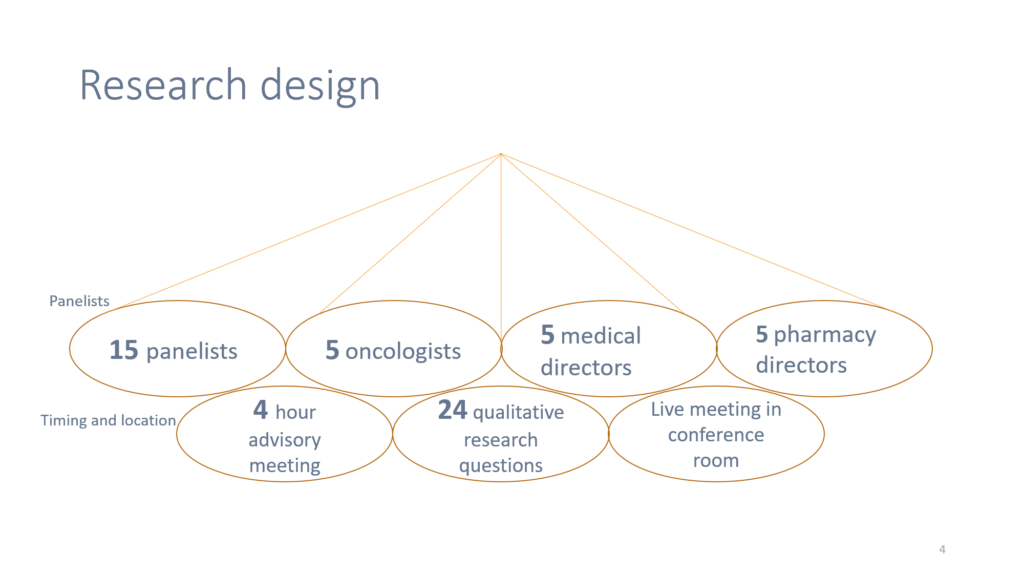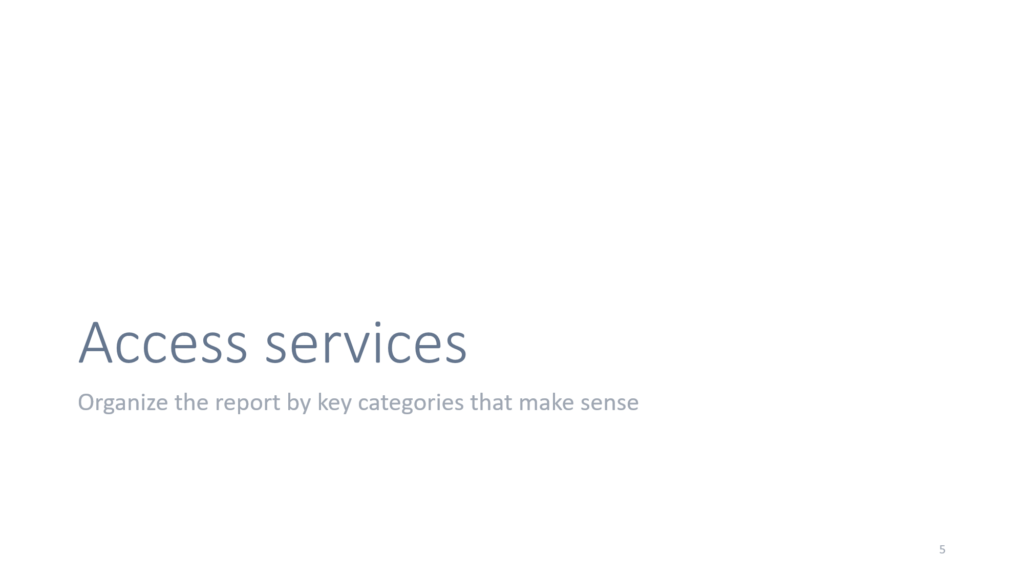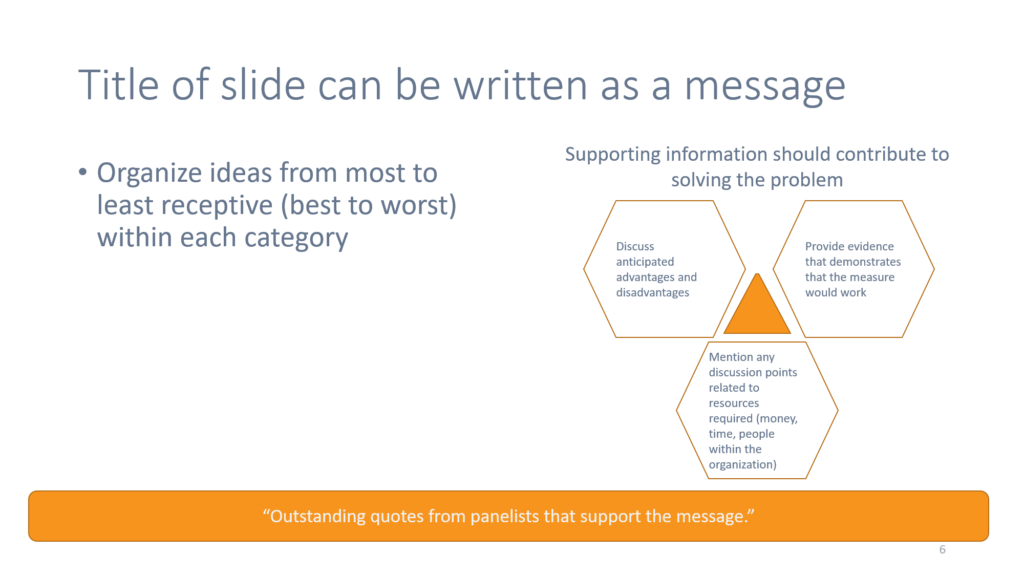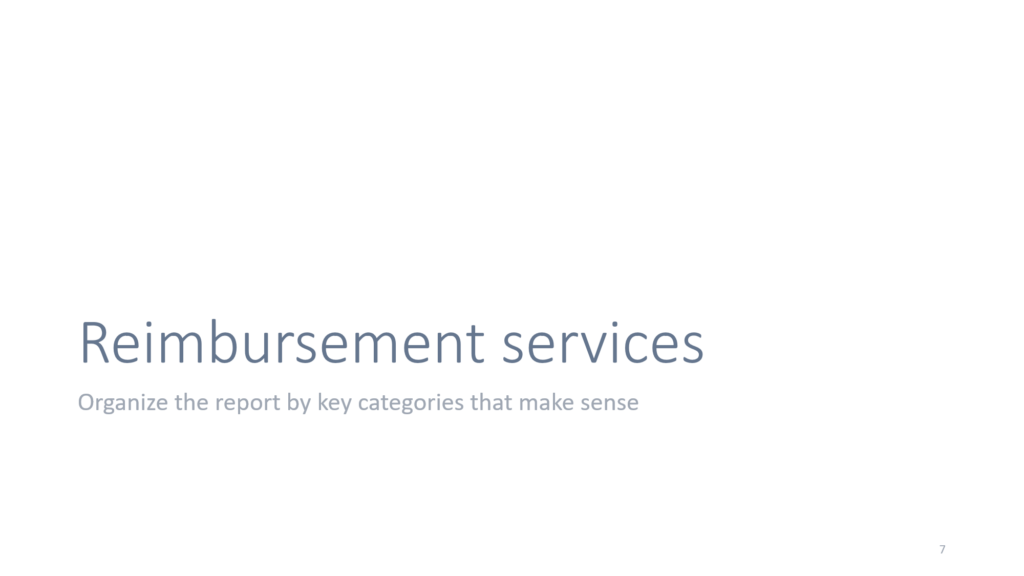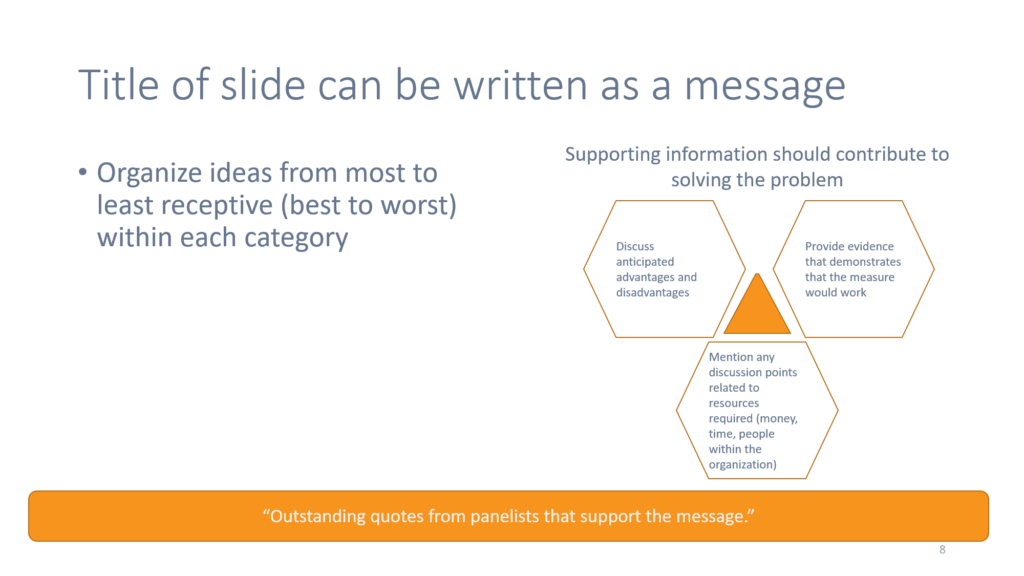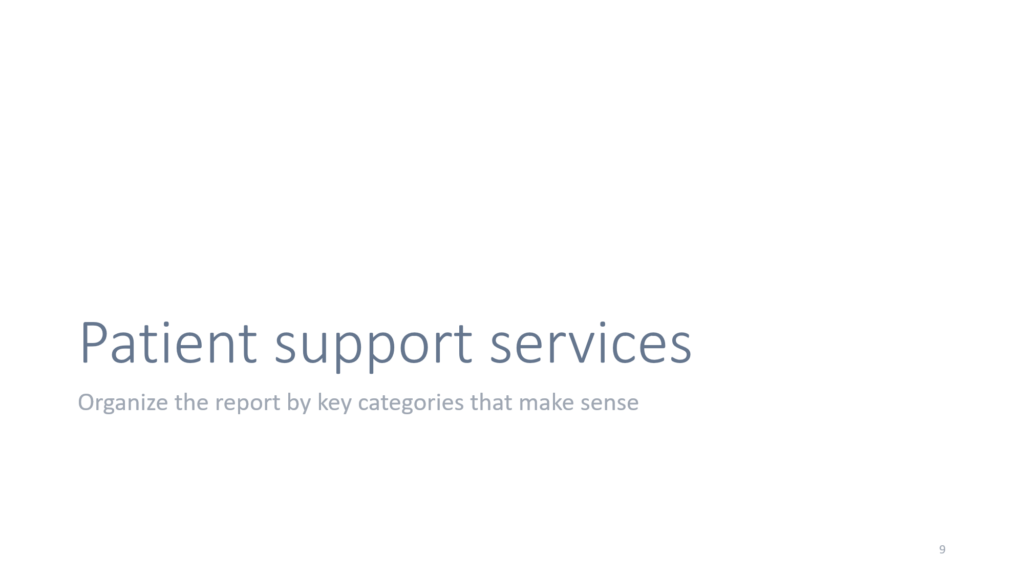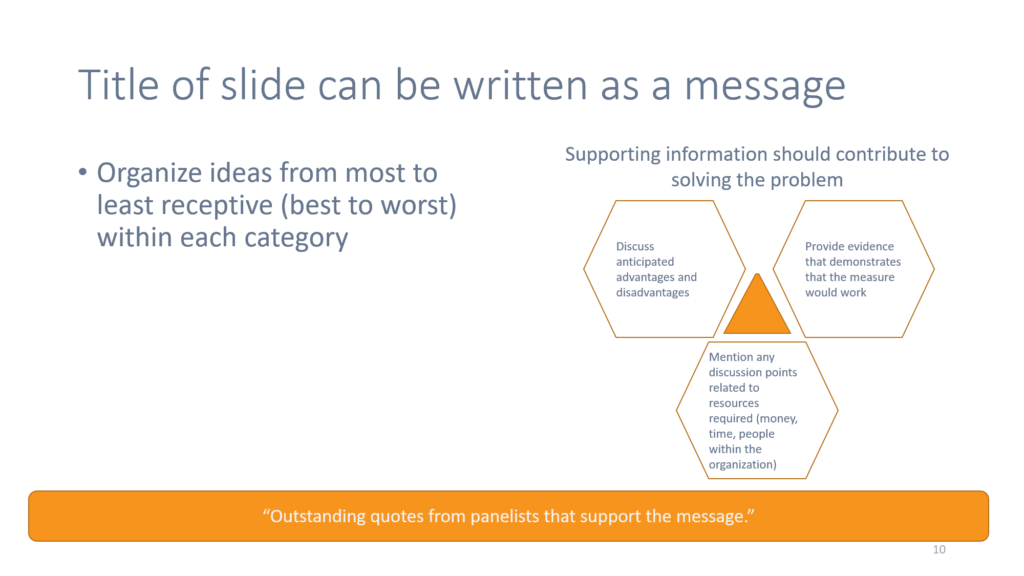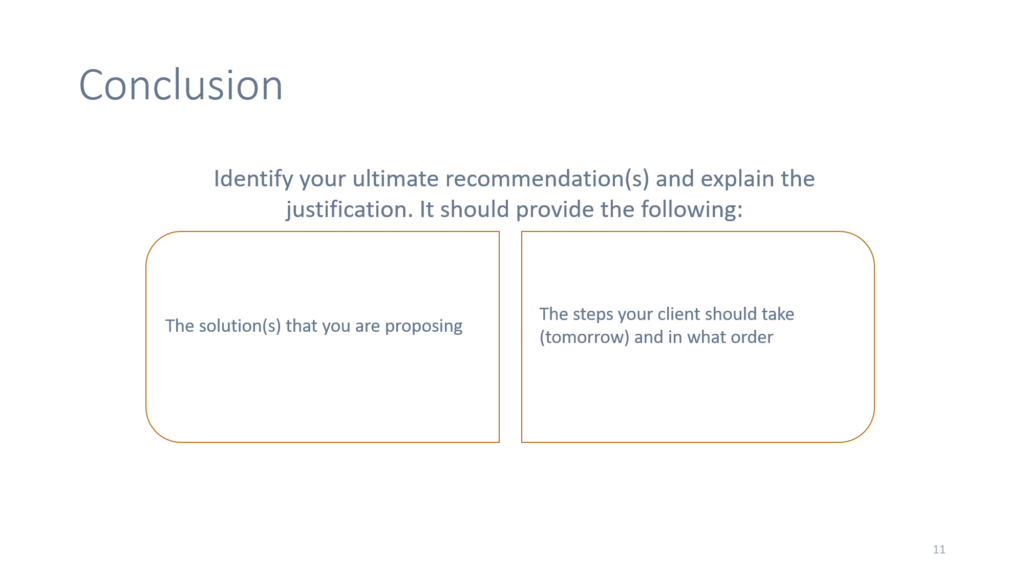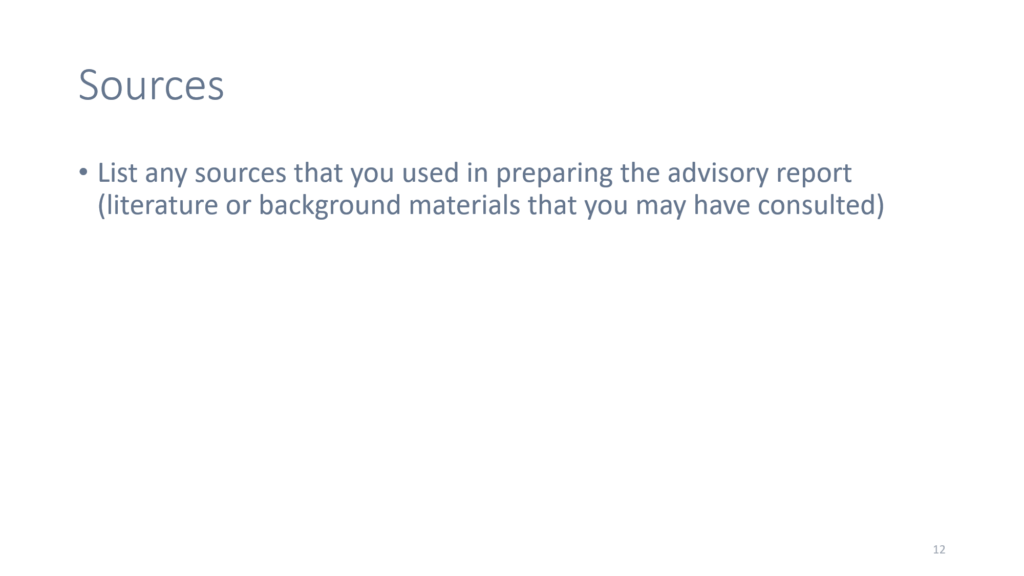Curiosity is like a flashlight
Imagine you’re on a camping trip and you’re hiking back to your tent in the pitch dark. You have little more than a flashlight to guide the way. You cannot see the tent from where you are because the flashlight is only able to reveal what’s 20 feet beyond you. Even then, you have faith that if you continue walking, the flashlight will continue to light up the next 20 feet until you finally reach your destination.
In market access, curiosity is like that flashlight. Having curiosity has helped me uncover so much knowledge. In fact, I’m learning new things all the time when I charge ahead with curiosity in my hand.
Curiosity brings knowledge, which makes one valuable in market access.
Charlie Munger, considered to be Warren Buffett’s right hand man, is famously quoted for saying, “Go to bed smarter than when you woke up.”
Seth Godin, a renowned author and entrepreneur, says that he spends 16 hours per day learning, reading, or doing research.
Ask questions, watch, listen…you’ll be surprised at what you’ve been missing.
It’s time to make big strides and turn heads–let’s go.




